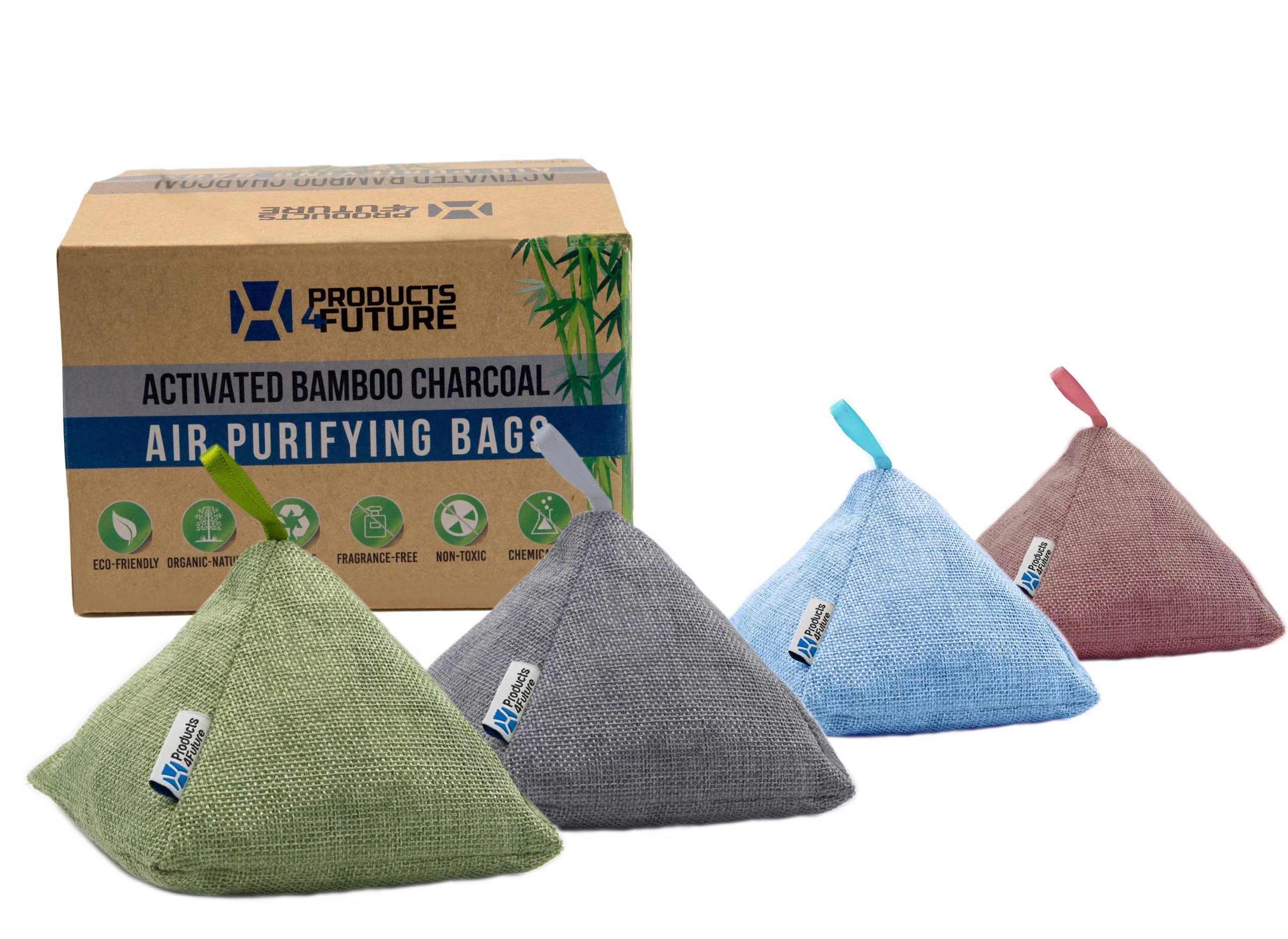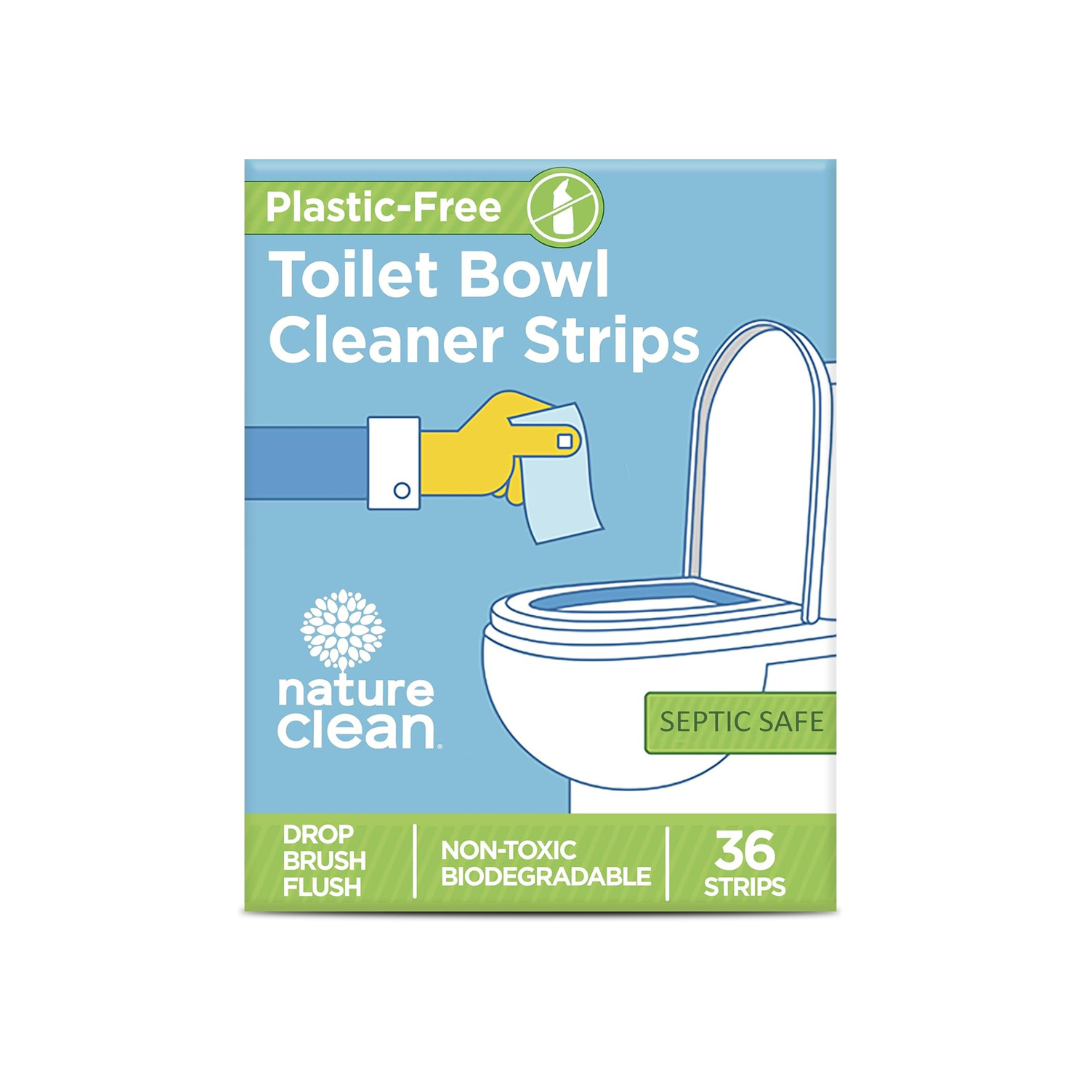Shopping is an essential part of our daily lives. But, have you ever wondered how much we spend on shopping? According to a recent study, the number of online shoppers in the US is expected to reach 218.8 million in 2023, and they will spend an average of $5,381 per person each year. We will explore the different aspects of shopping, including production, transportation, packaging, and returns. By the end of this post, you will have a better understanding of the end-to-end cost of shopping.
Production
The use of non-renewable resources, toxic chemicals, and carbon emissions during the production process contributes to environmental degradation. According to the U.S. Environmental Protection Agency, industry is responsible for 24% of greenhouse gas emissions in the U.S. As consumers, it is essential to consider the environmental impact of the products we buy and support sustainable production practices.
Packaging
Excessive packaging can contribute to environmental degradation, such as plastic waste in landfills and oceans. According to a report, the production of 2.2 pounds (1 kg) of plastic packaging generates about 4.9 pounds (3.50 kg) of carbon emissions. As consumers, we can reduce the environmental impact of packaging by choosing products with minimal packaging or packaging that is recyclable or biodegradable.
Transportation
The transportation of goods is another significant expense in shopping. The cost of transporting goods varies depending on the distance traveled, the mode of transportation, and the size of the product. According to the EU, without action, the global shipping industry can emit approximately 10%-13% of the world's greenhouse gasses.
The transportation of goods also has environmental impacts, such as carbon emissions from trucks, ships, and planes. As consumers, we can reduce the environmental impact of transportation by choosing products that require less transportation.
Returns
Returns have an environmental impact, such as carbon emissions from transportation and waste from returned products. According to the National Retail Foundation, the amount of merchandise returned is 16.6% of total sales. Imagine all the transportation process will be done two times. If you want to learn more about the impact of returns, check Minimizing Returns' Footprint.
By embracing eco-friendly shopping habits, we can give our wallets a break while also giving the planet a breather. As consumers, we hold the key to promoting sustainable practices and reducing our carbon footprint, all while still enjoying the thrill of a good shopping spree.






































